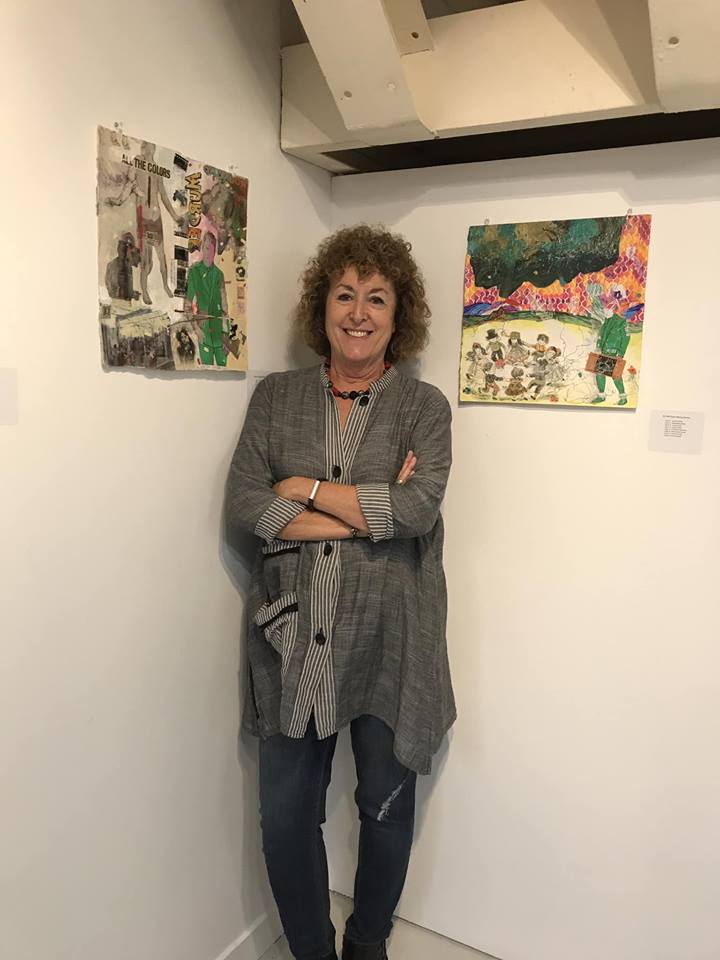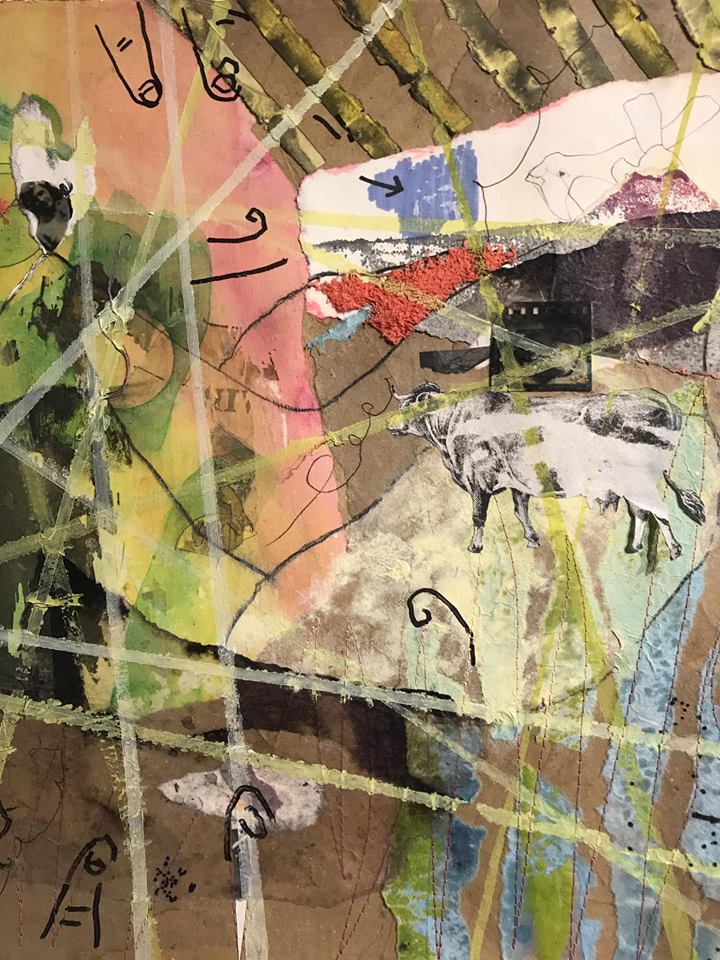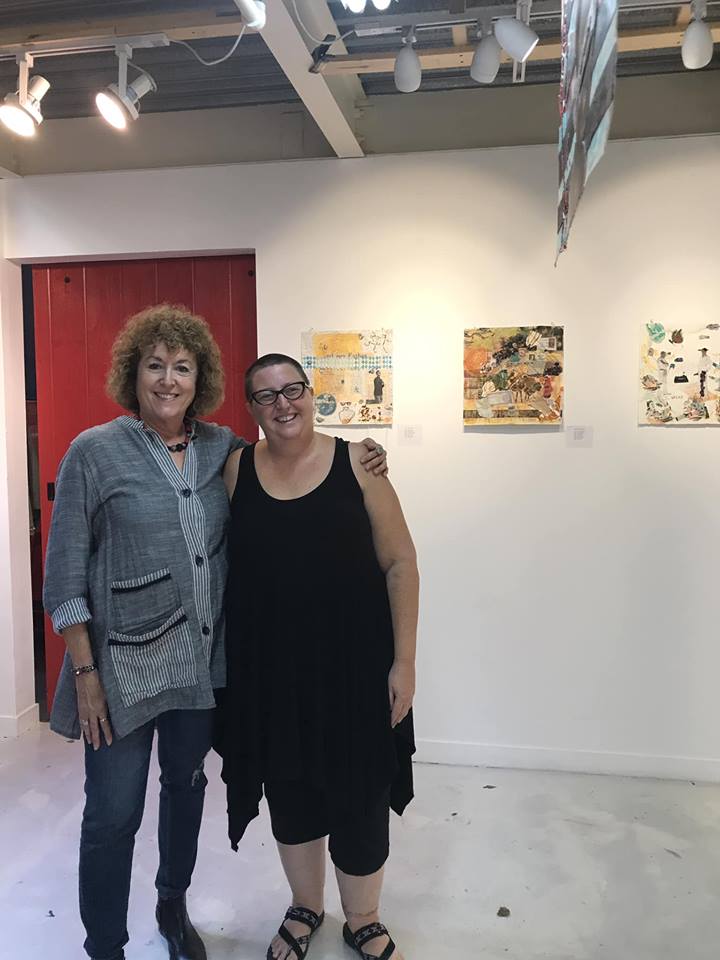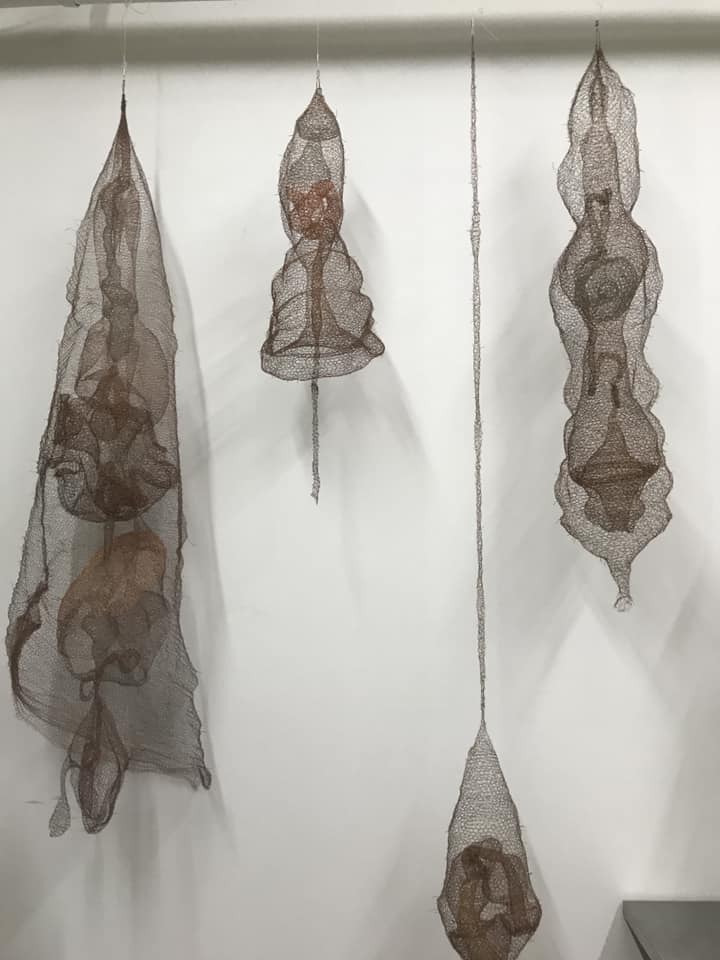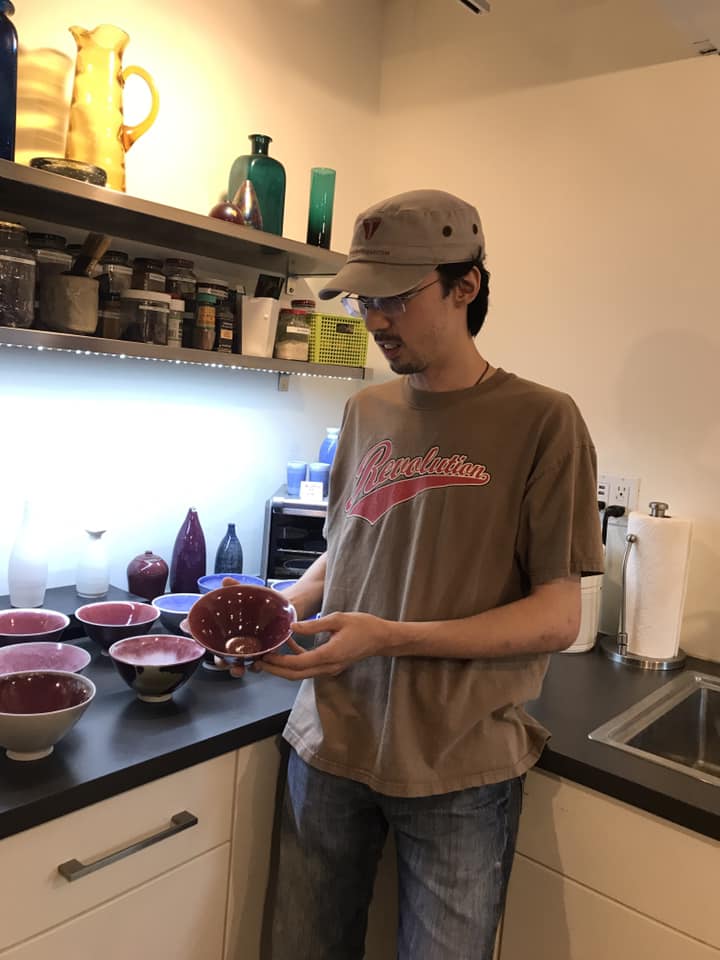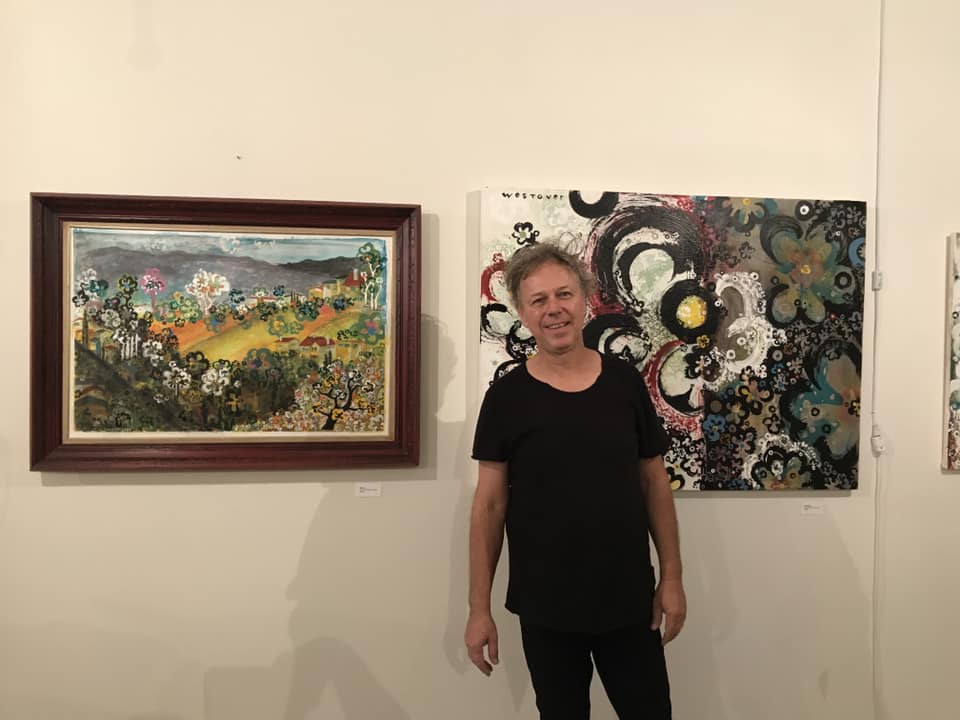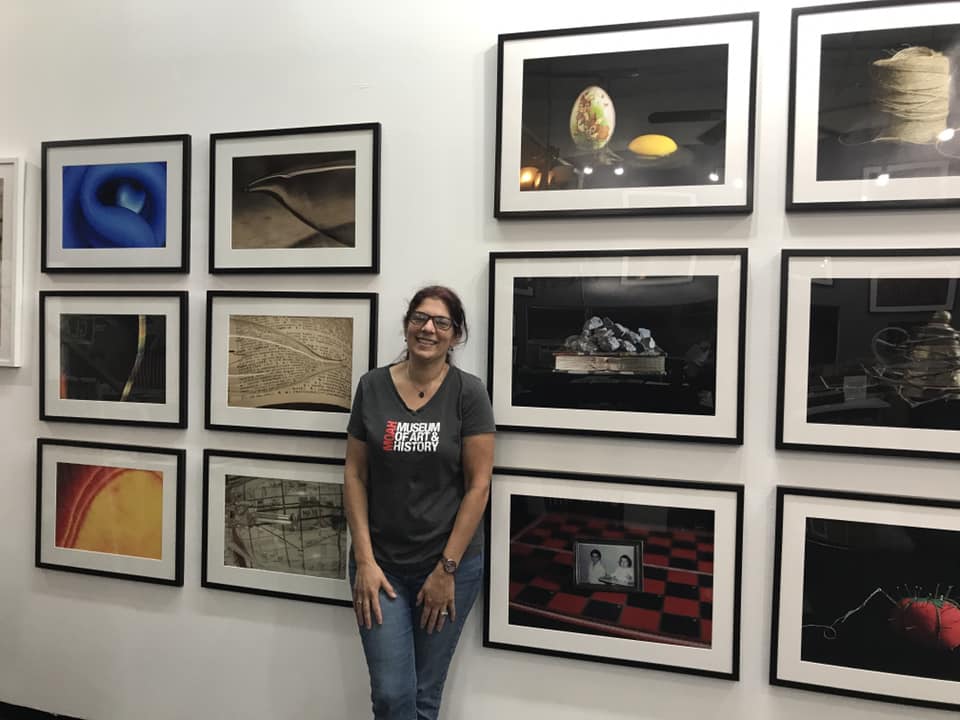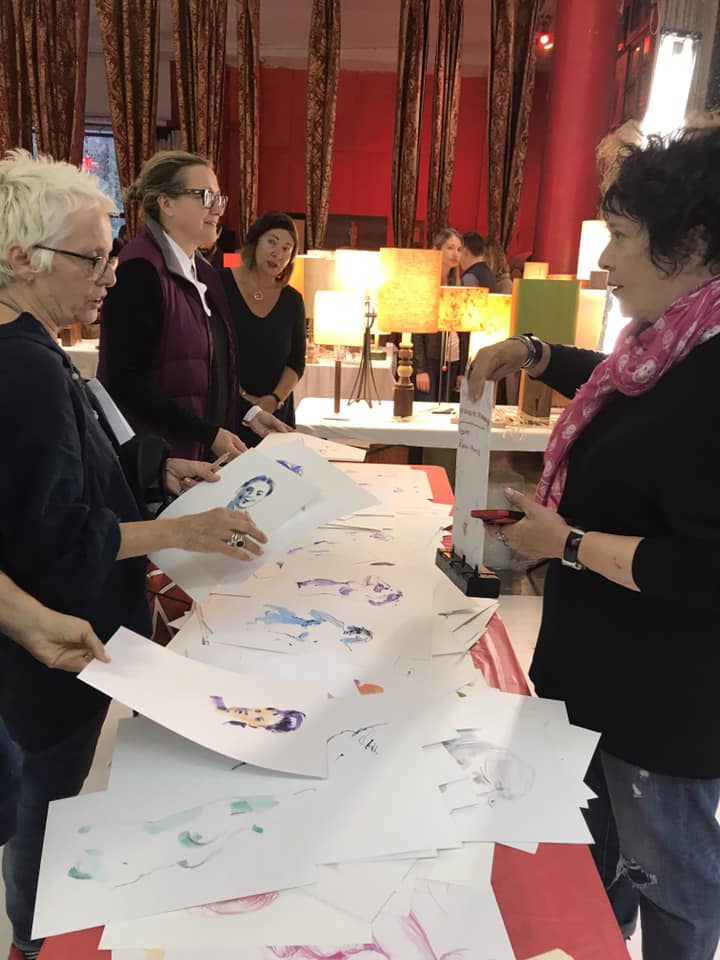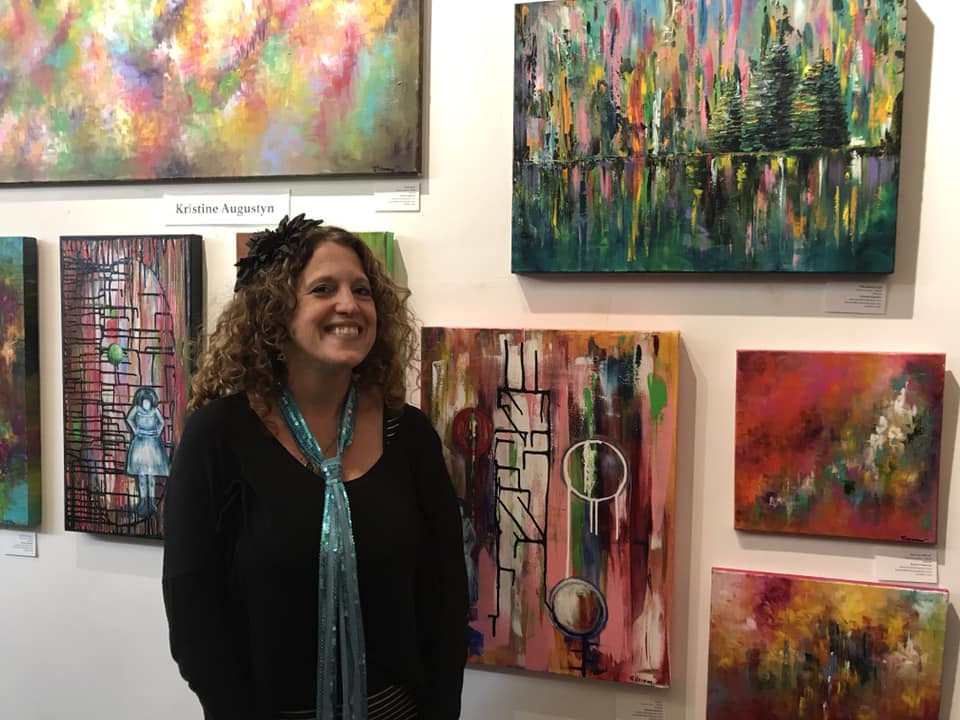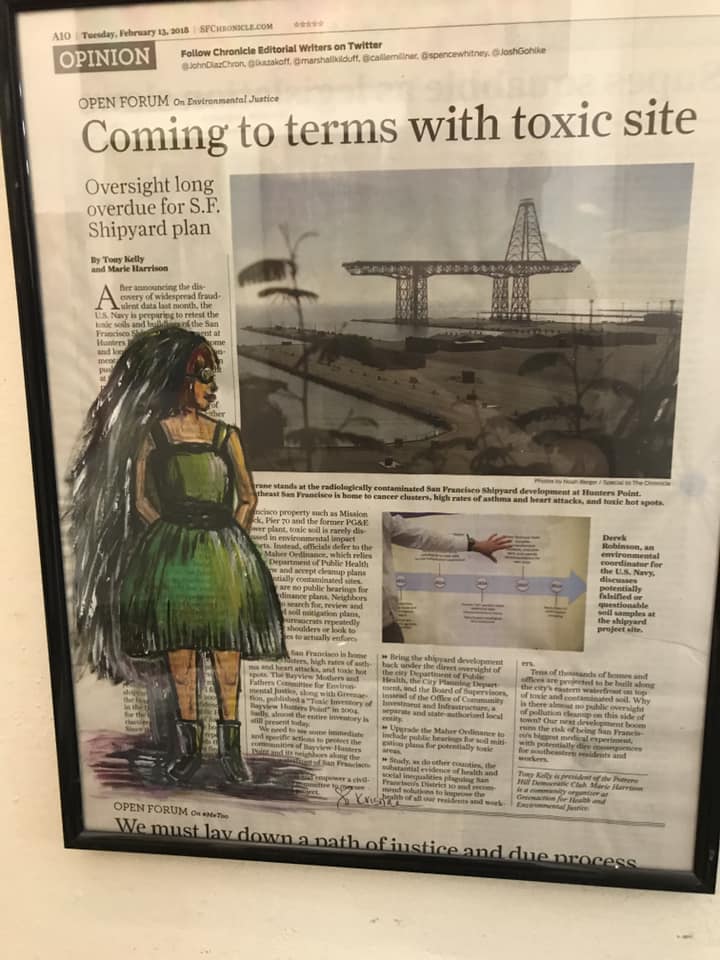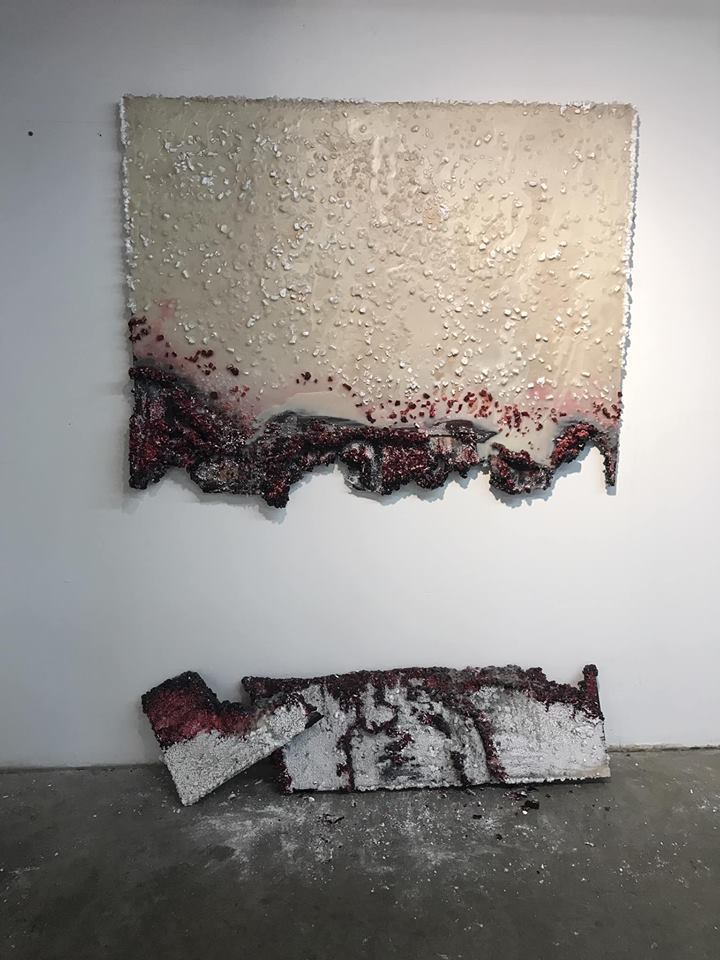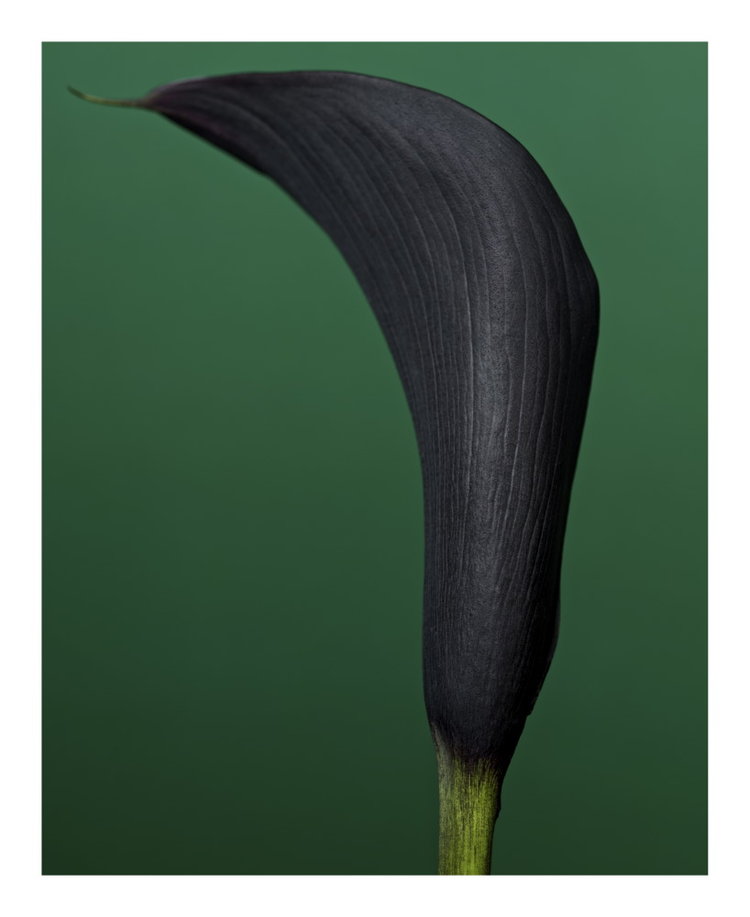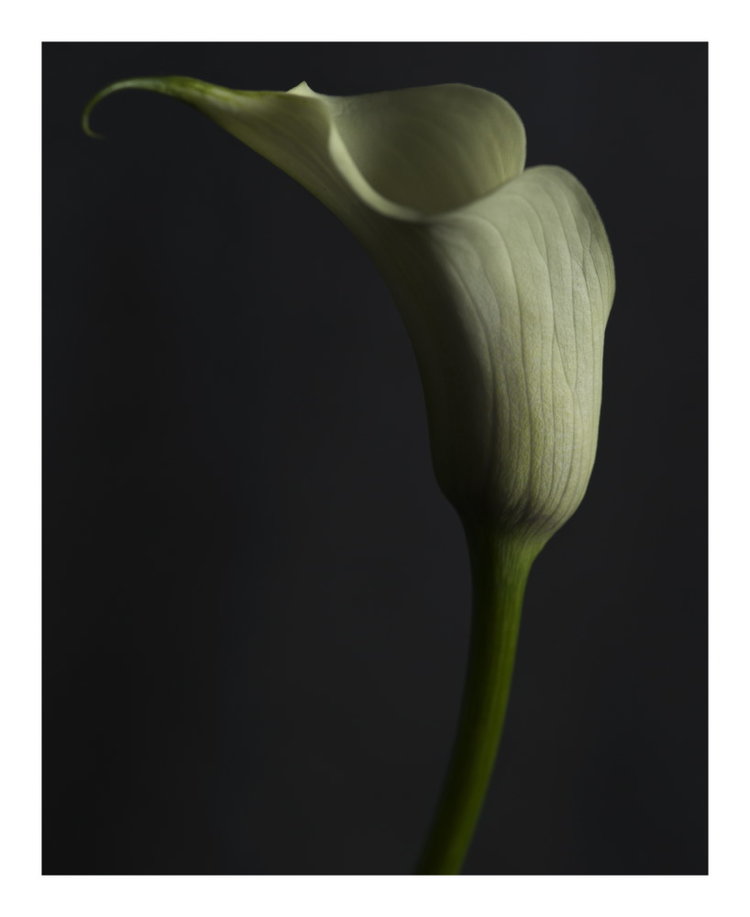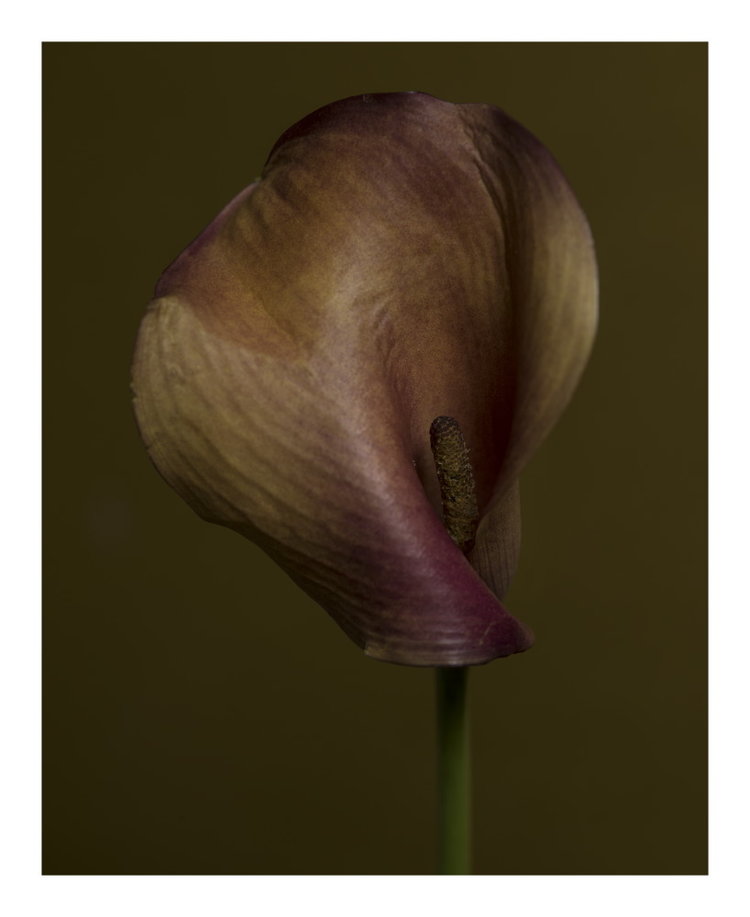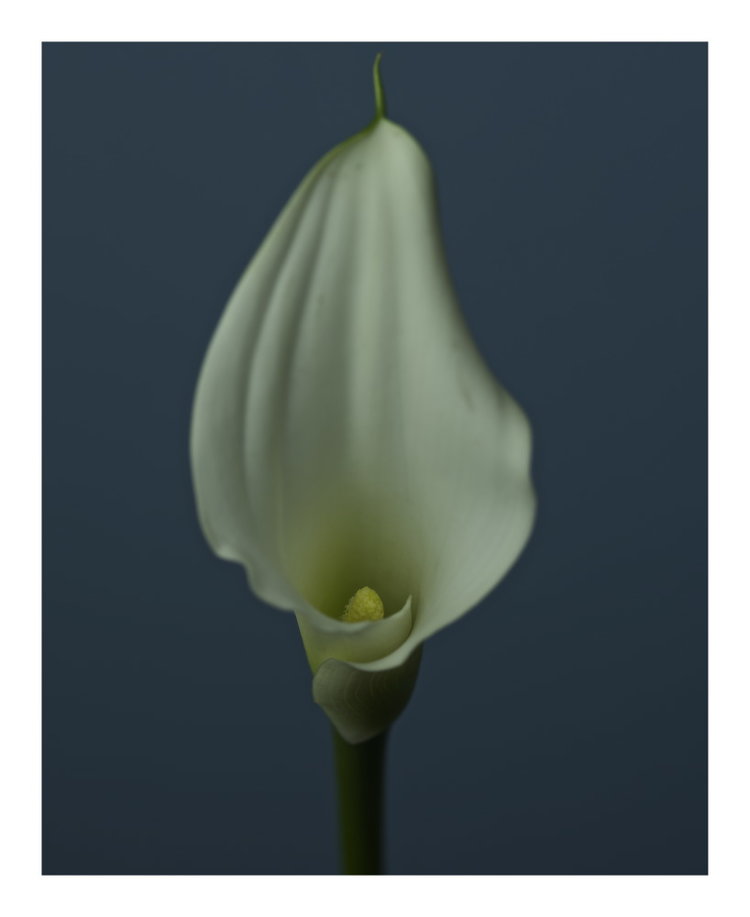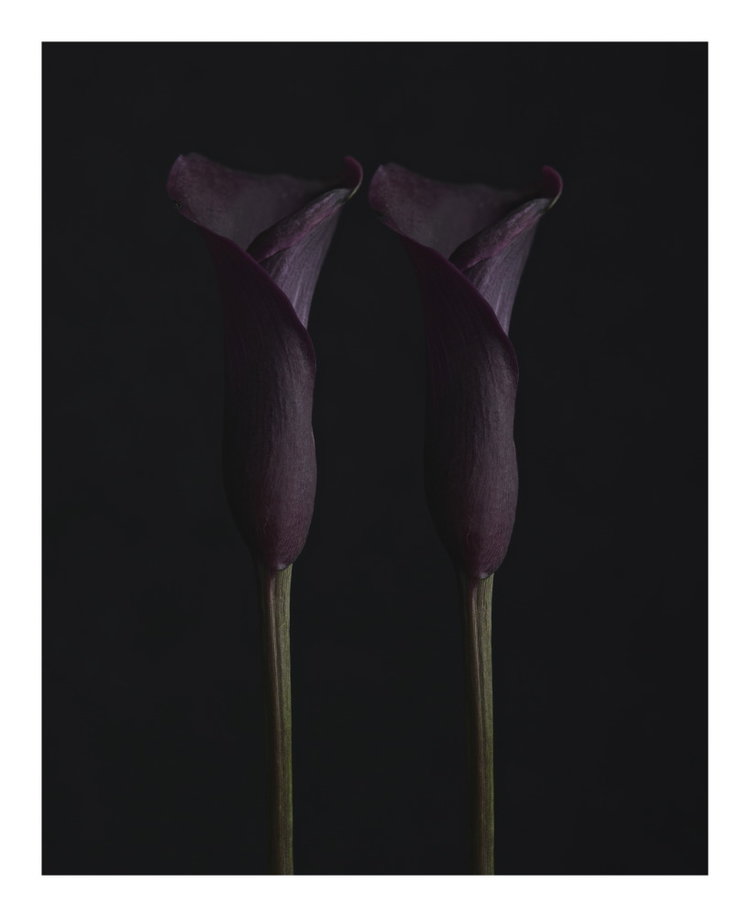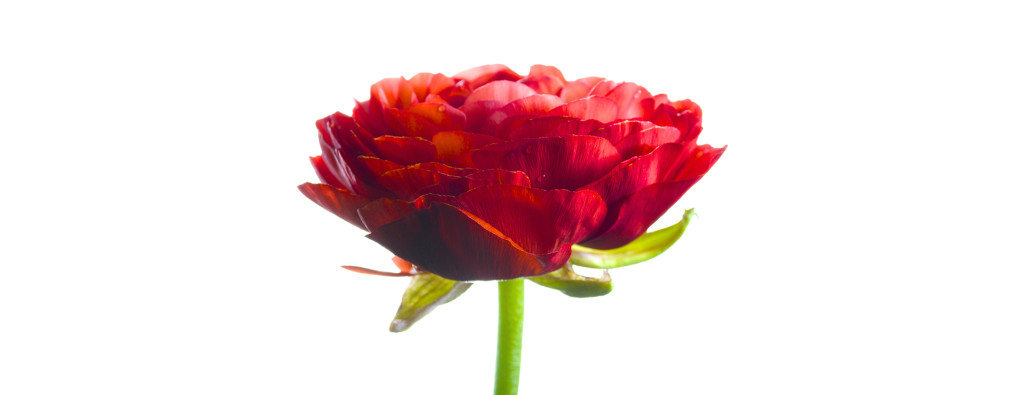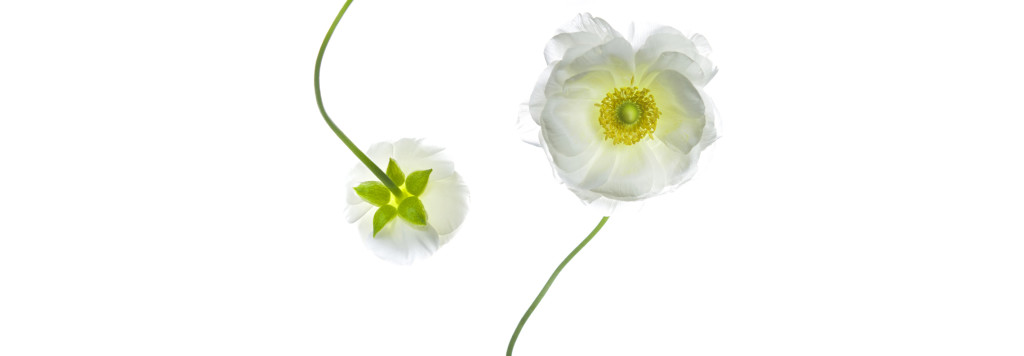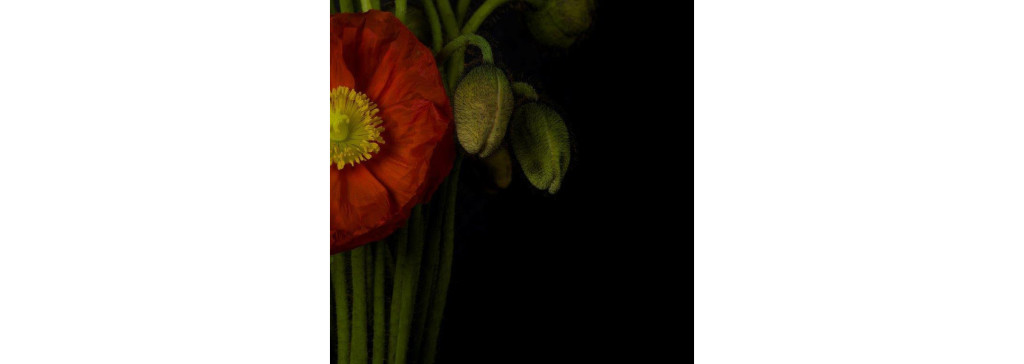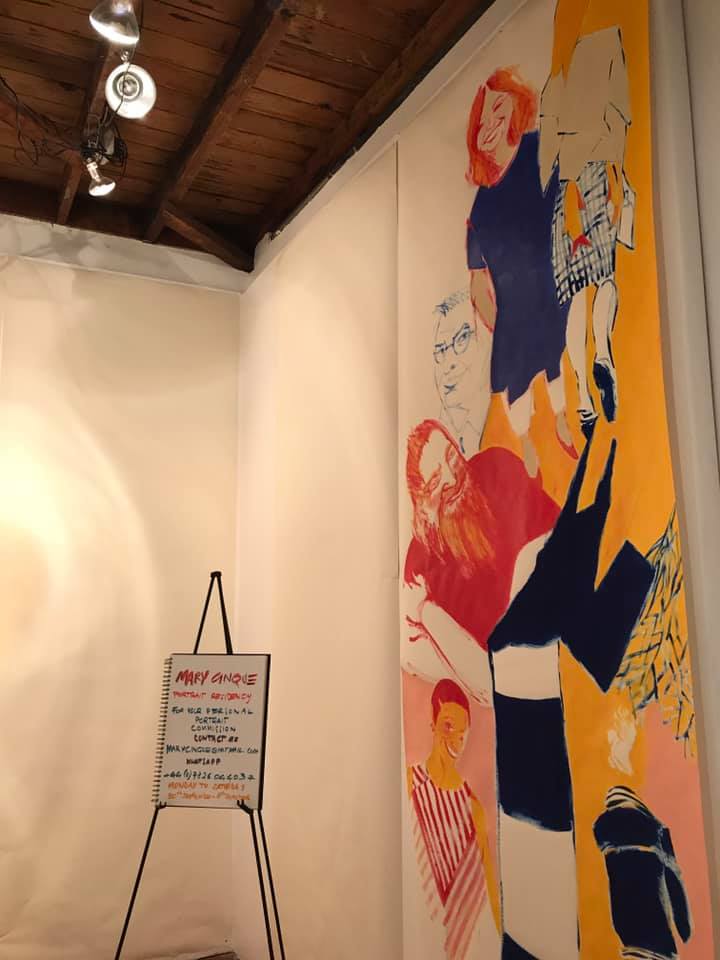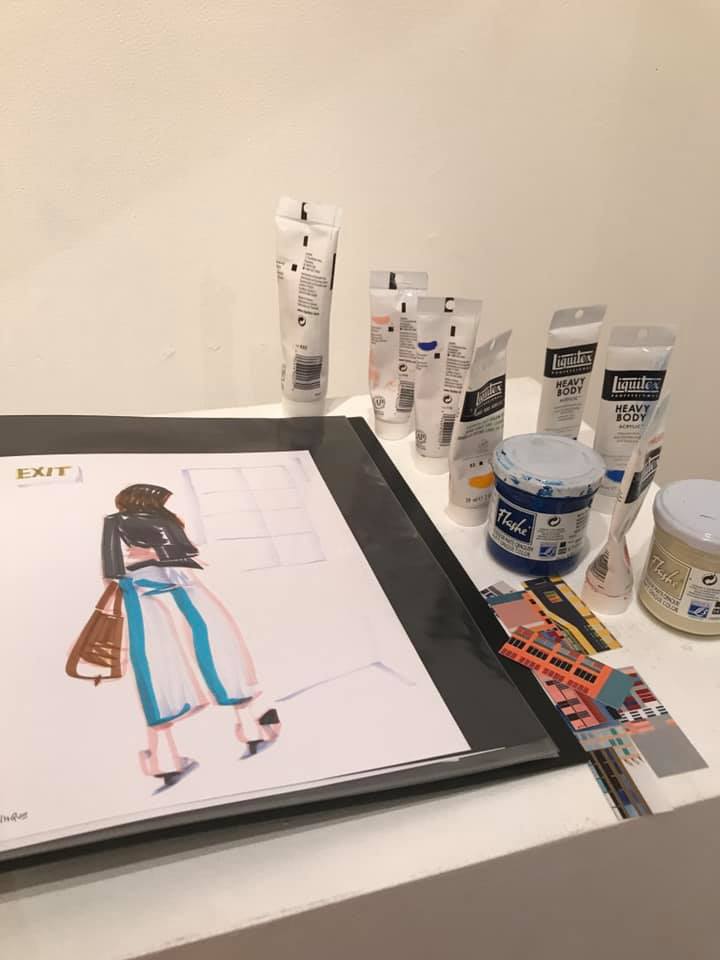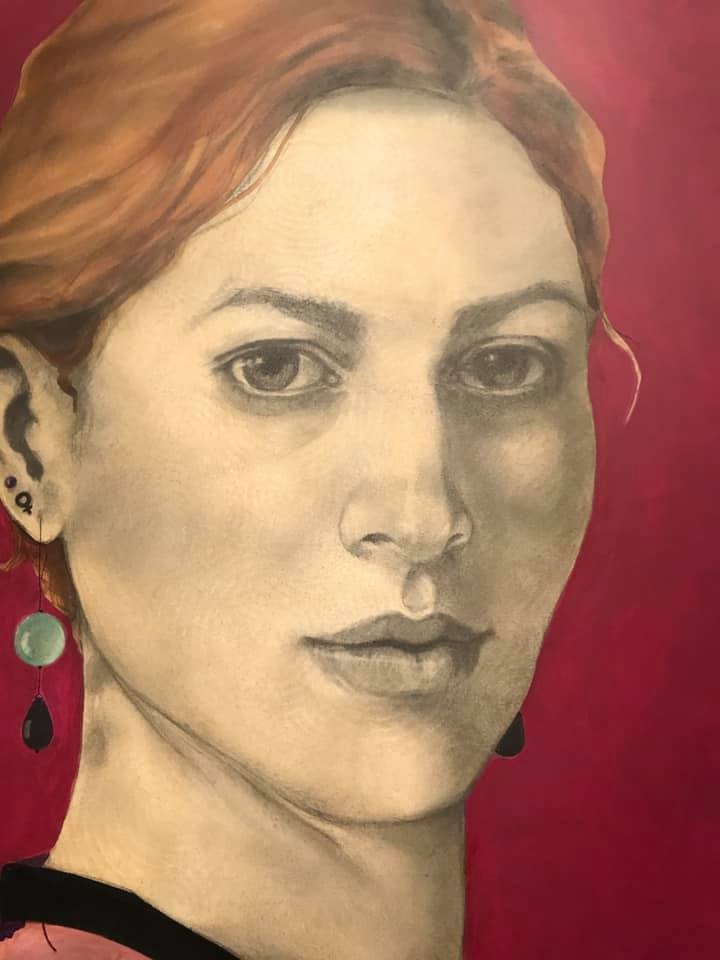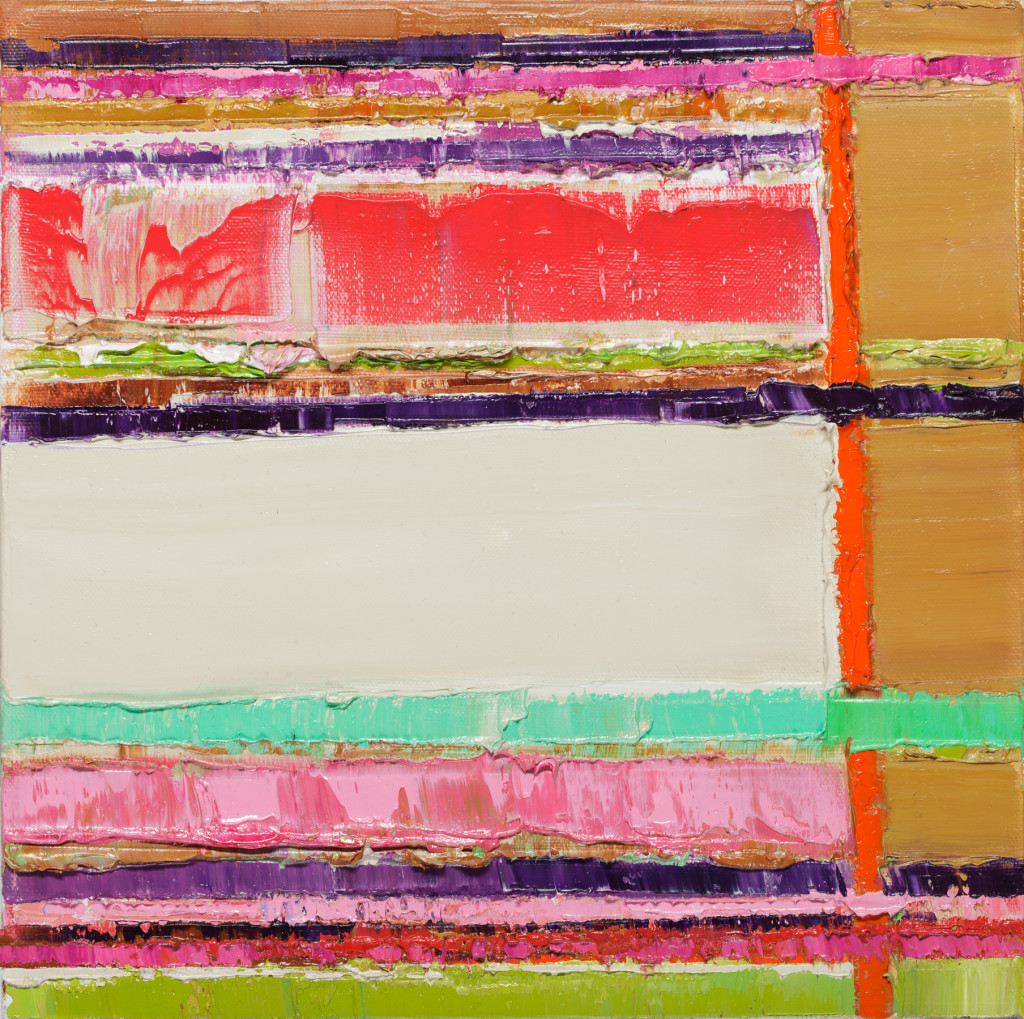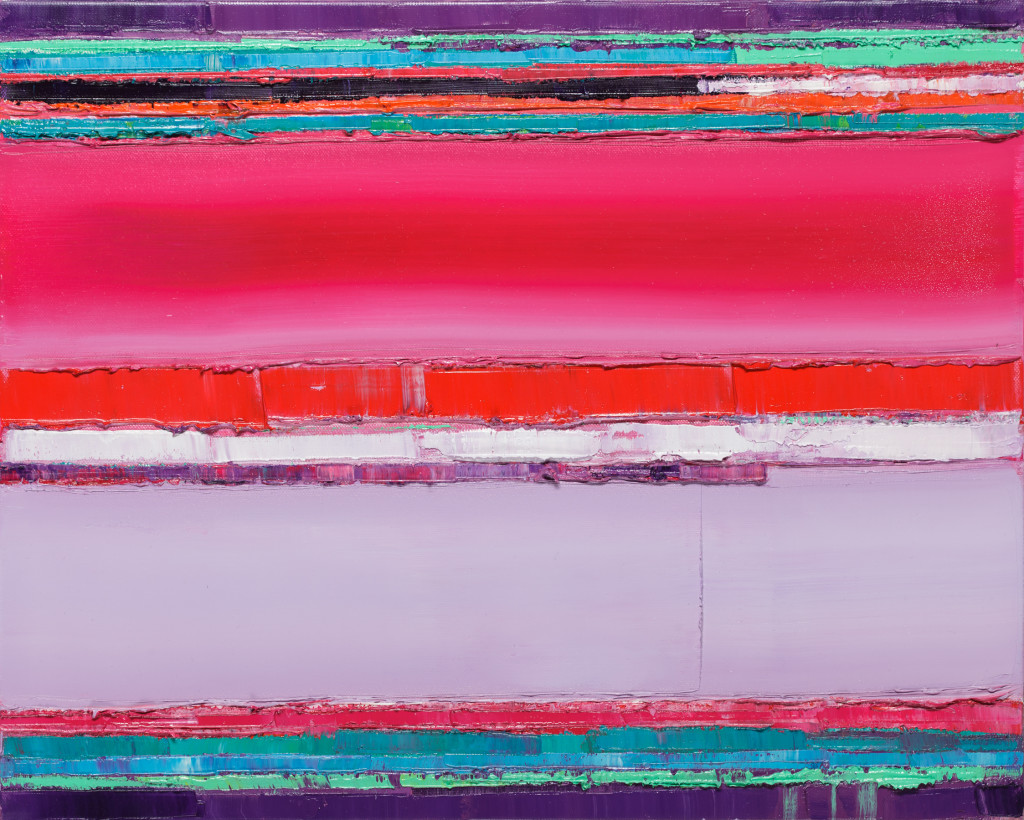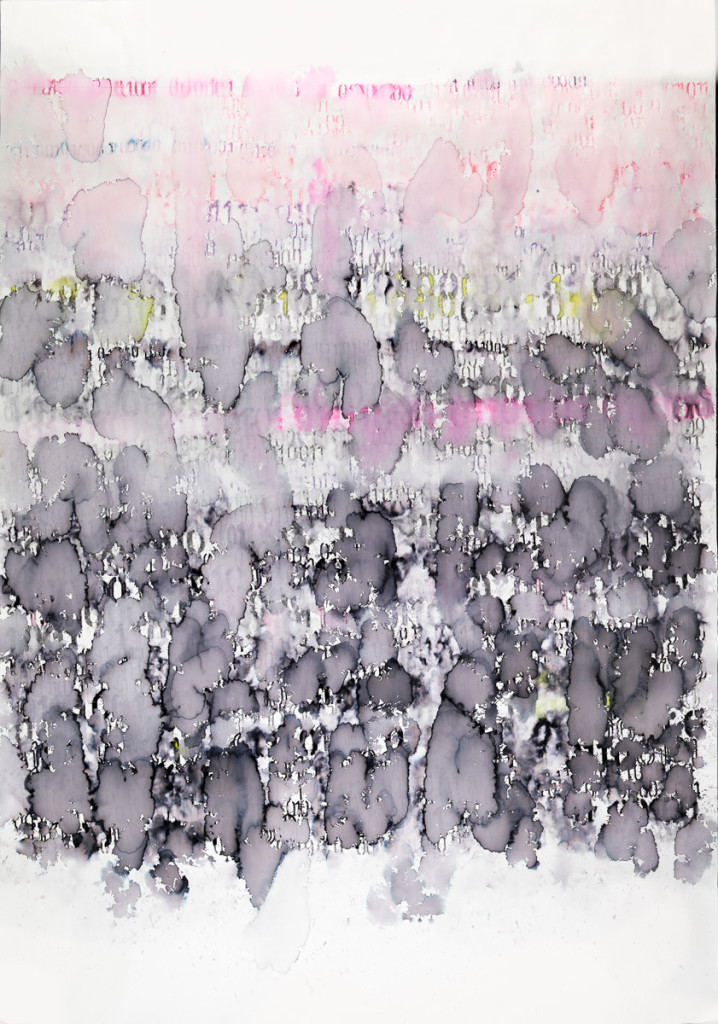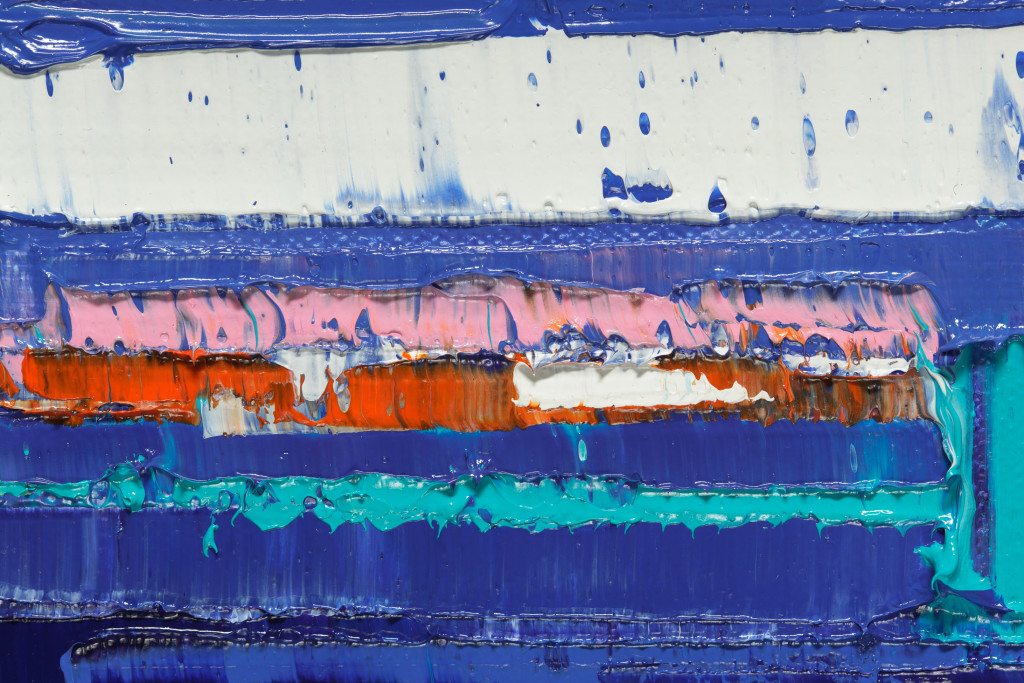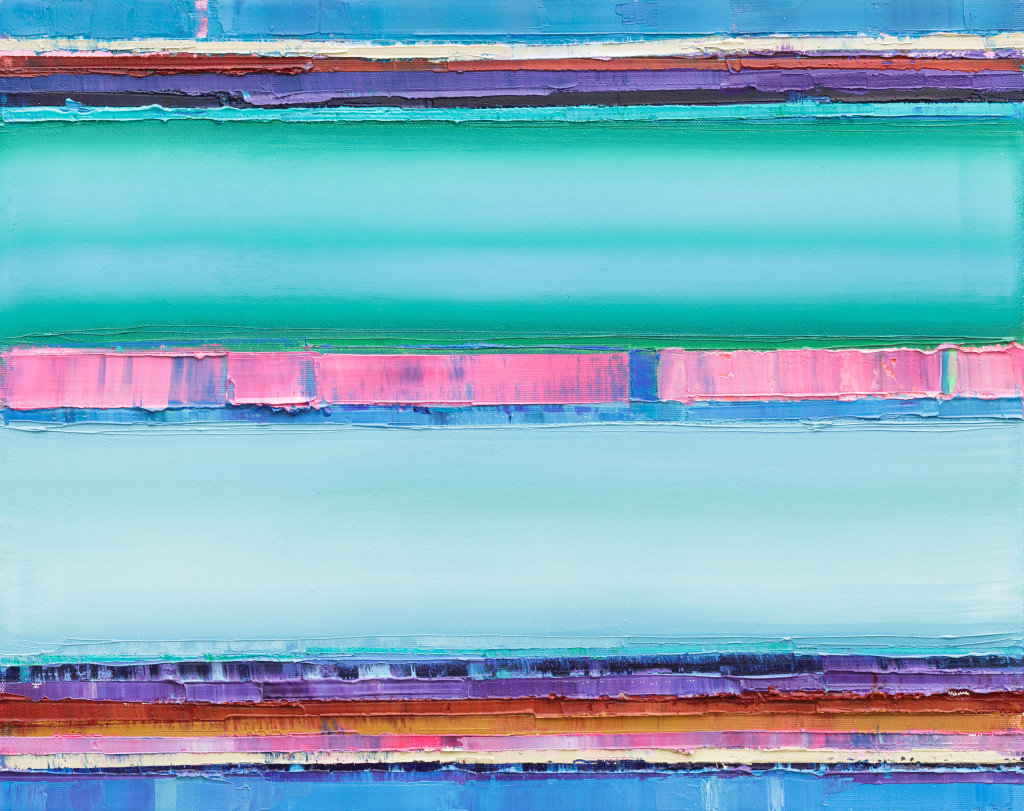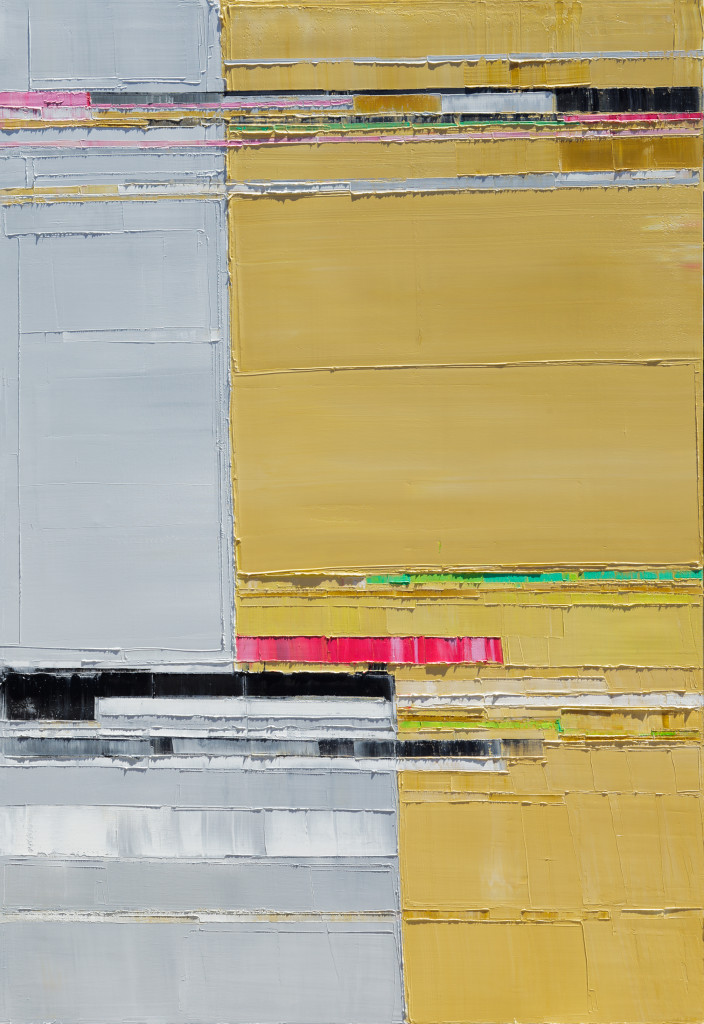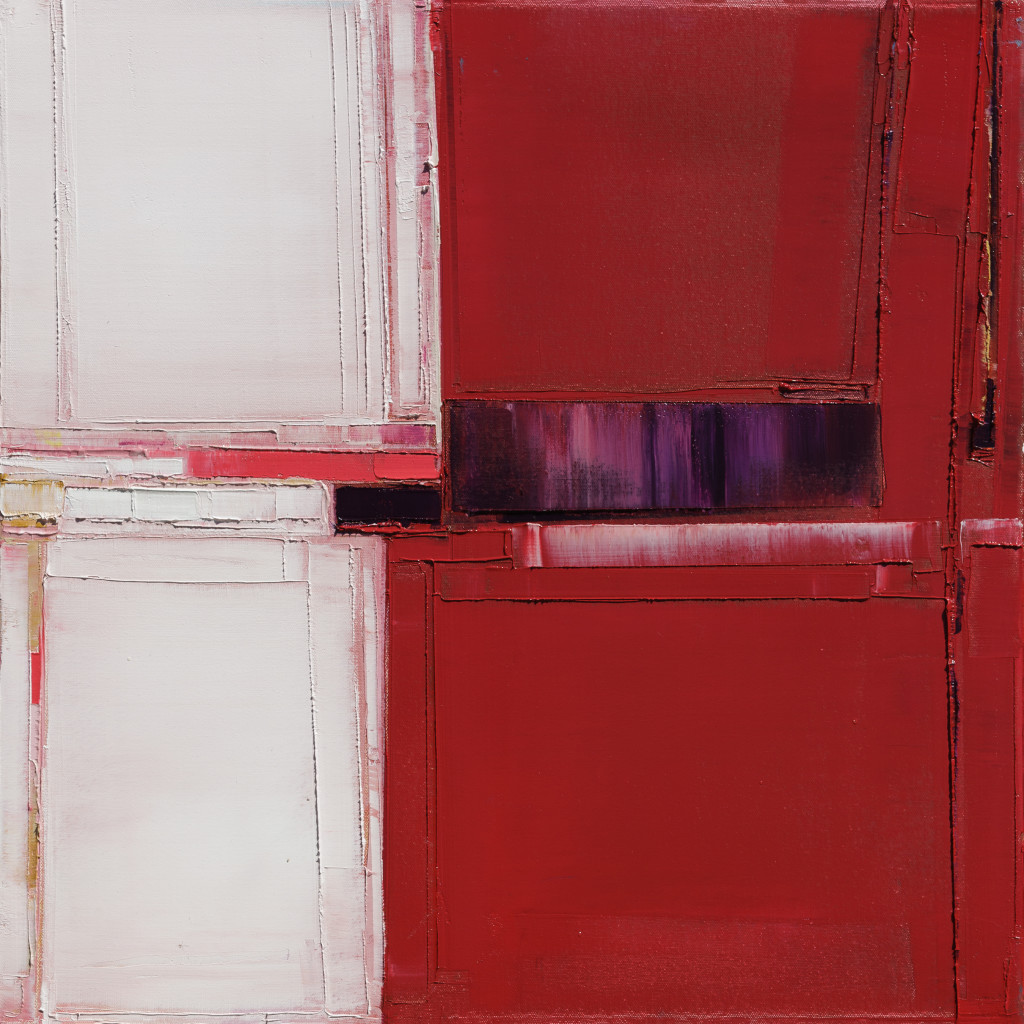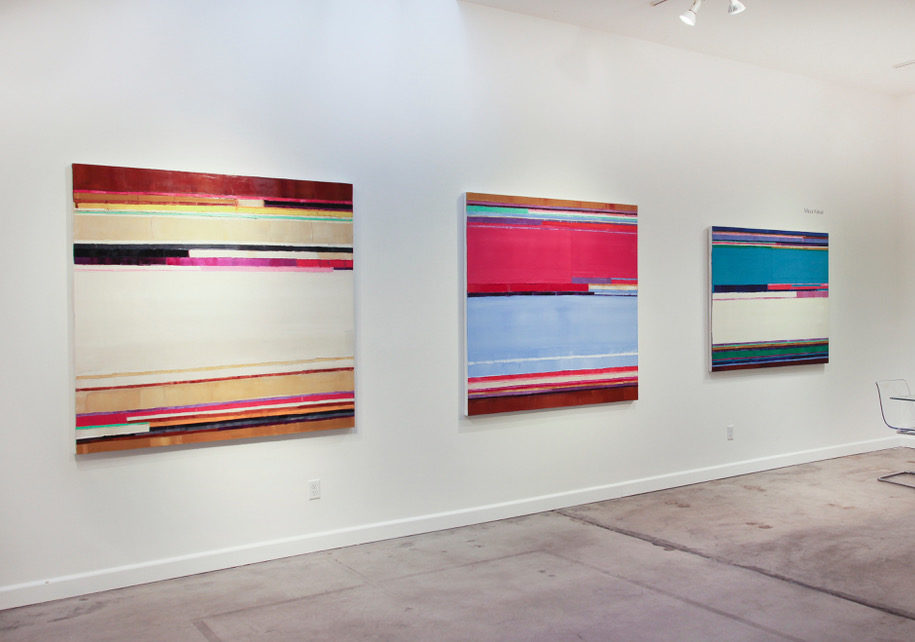The Brewery Art Walk is a special occasion. Twice a year, artists open their studios, their homes, their hearts, and their creative souls to the general public. With such intimacy, attendees gain insight into their artistic process, see works that they may not otherwise see, and have an amazing opportunity to purchase artworks often at significantly below gallery prices.
It’s a process of discovery and joy – certainly one that we’ve been participating in for many years. I had a child the age of my grandson when I first visited this space 20 years ago, and if you missed experiencing the artwalk this fall, look for it in the spring.
Where is the beating heart of the art scene in Los Angeles? Surprise: it’s not in the latest gallery with ties to the international scene, it’s not in the major museum show you’re planning to visit before the holidays. It’s right here where the artists literally and figuratively live through their work.
Here’s a brief look at some of the work we viewed this month.
Route, Rut, Lane: A Karkhana Collaboration at Shoebox Projects, a mixed-media project co-curator Nancy Kay Turner describes as inspired by the historical Mughal workshop is a truly collaborative exhibition – each piece has elements created by all eight of the contributing artists.
The layered, intricate pieces resemble tapestry; the works have descriptions of each artist’s contribution written on the back. The sense that these artists wove disparate elements into a cohesive whole is one impressive aspect of the exhibition, but perhaps best of all is the feeling of discovery inherent in each piece.
Viewers can pull the visual threads apart as they examine each work, gaining insight into how they came together; they can analyze who did what and why; they can see how a collective community can shape a greater whole than one alone.
It was the perfect way to start the day at the artwalk. The show’s location at Shoebox Gallery was also a great introduction to the cutting edge, fresh exhibitions the small but powerful gallery offers.
Helmed by artist, curator, and general art guru Kristine Schomaker, the gallery offers exhibitions that are primarily the result of a month-long residency where artists create or mount bodies of work or installations.
In the gallery’s The Closet, a compact installation space to the rear of the main room, Kate Carvellas’ sensational cabinet of curiosities – found art sculptures that absolutely inhabited the space – is a riveting tour de force.
Dani Dodge opened her studio to reveal glowing works in acrylic and mixed media from three different series, including a lush Paris-set selection of paintings, a series featuring heart rendering canines, and one focused on the circus life.
It was an exciting glimpse into the artist’s wall art; Dodge is well known for creating powerful installations and sculptural work.
Chenhung Chen’s sculptural art and drawings may be shaped by wires, cords, and crocheted copper but they feel inherently alive, as if they could, after dark, shift through time and space and shimmer into another realm.
Ceramicist Skyler Bolton shaped stunning and practical art with unusual oxblood and periwinkle blue bowls, vases, cups, and plates.
Randi Hokett’s mineral-based art involves the formations of crystals; new works were created on paper, both delicate and surreal, like intricate, sparkling, gem studded land masses being shaped before your eyes.
Emily Elise Halpern offered shining abstracts and smaller works with vibrant words of wisdom inscribed on them.
Teale Hatheway’s vivid, illumined works burst from the walls with light and life.
Todd Westover’s blossoming floral works have evolved to include landscapes with houses and hills and trees; he experimented with prints of his work on scarves and bags and pillows, too.
Jorin Bossen’s portraits are unusually evocative, suggesting so much more going on beneath the surface of each piece, as if we were invited into the subject’s personal intelligence.
Jane Szabo’s photographic art is a mix of still life and portraiture each unique and poetic. Her still life work stands like a visual short story, full of rich detail that one wishes would expand into a novel of images. Faceless portraiture may seem an anomaly but for Szabo it is not; her specially crafted dress images are perfect stand-ins for the aspects of the human spirit they represent.
At the Jesus Wall Gallery, a group of artists each displayed their work. Lena Moross’ large-scale nudes are watercolor dreams, lush and just this side of surreal; smaller works sold like proverbial hotcakes unframed from a table Moross manned, tributes to her prolific output and graceful style.
Kristine Augustyn exhibited a wide range of work: female figures on newsprint, abstracts, minute landscapes.
Her sense of color vibrates; each of these very different bodies of work are created with a striking palette and textural contrast.
There was so much more of course, but this is a sampling of the bright artistic lights ready to shine for you when the Brewery Art Walk rolls around again in the spring. Don’t miss.
- Genie Davis; photos: Genie Davis, Teale Hatheway and Kate Carvellas photos courtesy of artists






